Their dams reshape landscapes in ways humans can’t easily replicate.
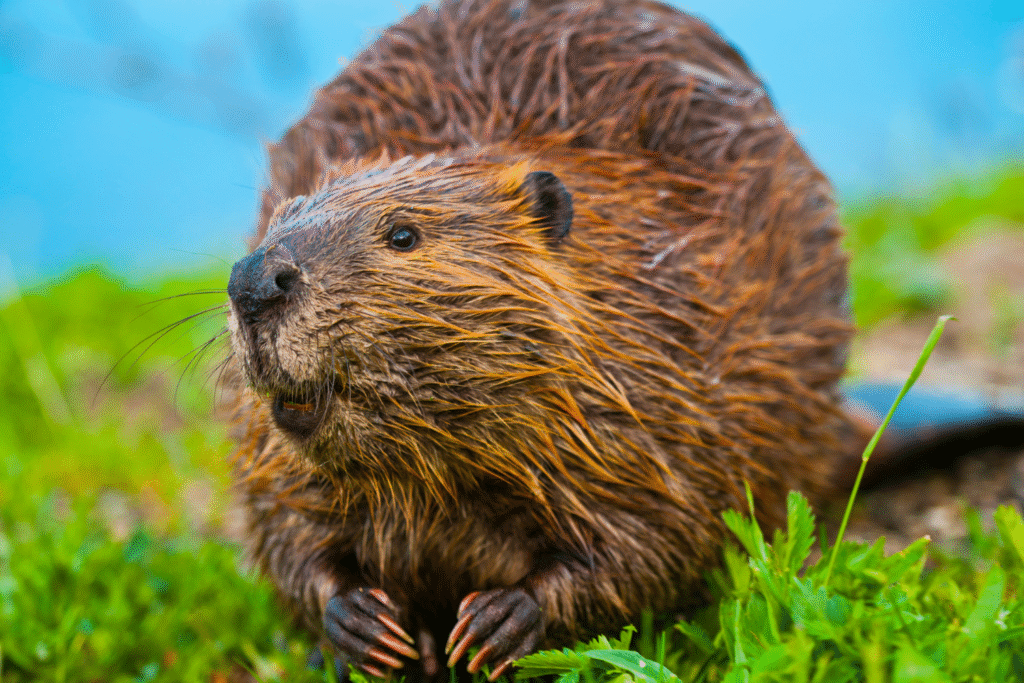
For years, beavers were dismissed as pests, gnawing through trees and clogging waterways. Today, they’re being reframed as ecological engineers with the power to buffer against climate chaos. From wildfire prevention to water storage, their work rewrites how ecosystems survive under stress.
Artificial intelligence is now adding an unexpected twist. By analyzing satellite data, AI models reveal that beavers may hold untapped potential in mitigating floods, storing carbon, and cooling overheated landscapes. It’s a strange alliance—one of the oldest builders in nature paired with one of the newest tools in technology, yet together they may offer a survival blueprint.
1. AI is spotting beaver impact at landscape scale.

Beavers build thousands of small dams, but until recently their influence was hard to quantify. Satellite imagery paired with AI analysis now reveals just how far their work extends. As reported by NASA-affiliated researchers, beaver ponds expand wetlands, slow river flow, and boost groundwater recharge. These measurable shifts show up clearly when AI parses long-term climate data. What looked like scattered ponds turn out to be connected systems reshaping entire watersheds. Without advanced tools, their reach was underestimated. Now, the numbers are telling a different story.
2. Their dams blunt wildfire intensity in surprising ways.
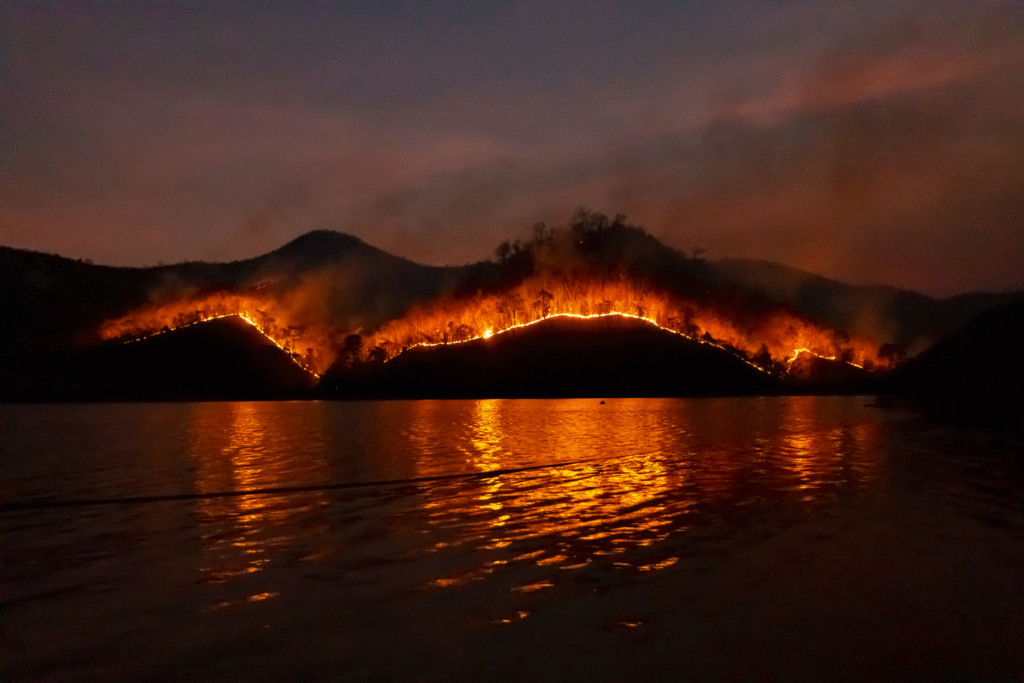
When wildfires tear through the West, burn scars often show patches of green where beavers have been at work. By spreading water across floodplains, their ponds create natural firebreaks. One study found that areas with active beaver colonies retained lush vegetation even when surrounding forests burned, as discovered by scientists writing in Ecological Applications. The ponds hold moisture long after rains stop, which can prevent fires from consuming everything in their path. AI confirms this pattern at regional scales, proving the resilience isn’t anecdotal, it’s systemic.
3. Flood protection comes as an unexpected bonus.
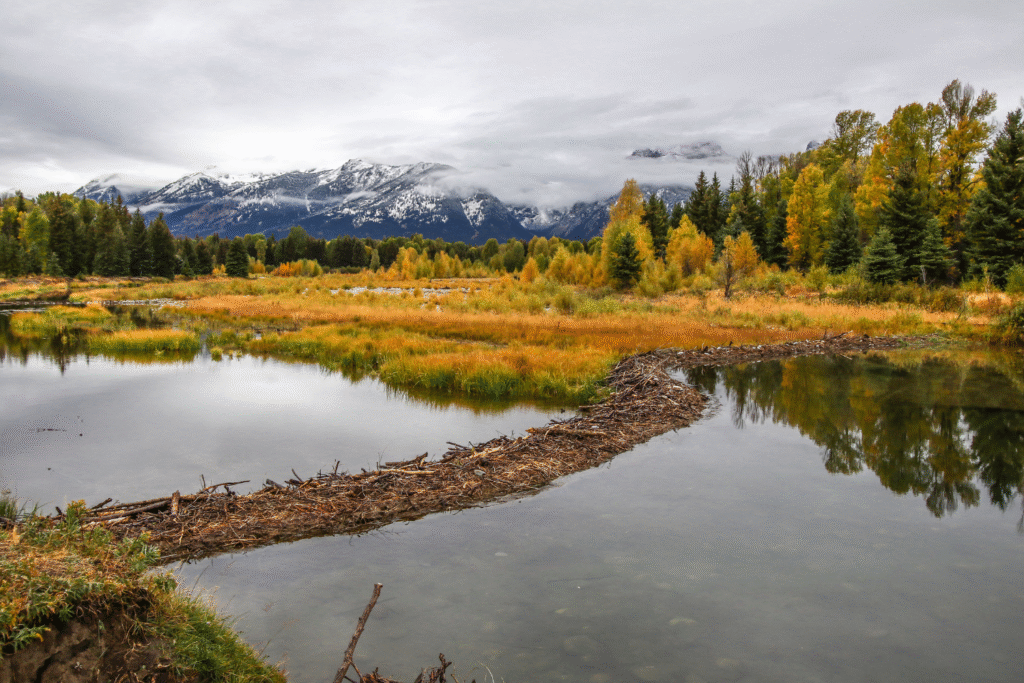
Beaver dams slow rivers, spreading high flows into surrounding wetlands instead of letting surges barrel downstream. This reduces the height and force of floods, something communities are increasingly desperate to manage. As stated by the U.S. Geological Survey, ponds created by beavers absorb stormwater like giant sponges. In an era of flash floods made worse by climate change, their low-tech approach turns out to be shockingly effective. Where AI modeling comes in is by predicting where reintroductions would create the largest safety buffers. The result is a strategy that marries ancient instinct with digital precision.
4. Beavers build carbon sinks without knowing it.
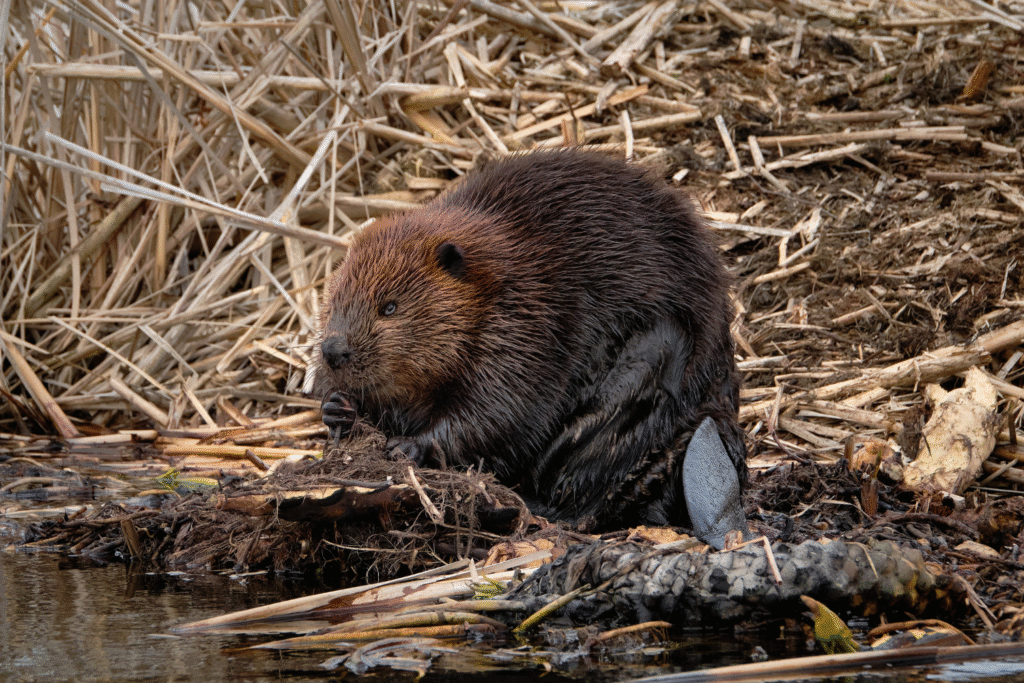
When they flood valleys, vegetation dies underwater, storing carbon in sediments instead of releasing it into the atmosphere. Wetlands hold onto this organic matter for decades, sometimes centuries. Beavers unintentionally create these carbon vaults each time they dam a stream. In a warming world, this matters enormously. Forest fires and droughts release carbon, while beaver ponds quietly lock it away. The dynamic highlights how species-driven engineering intersects with global climate systems, reinforcing that small actors can have planetary influence.
5. Their ponds provide lifelines in prolonged drought.
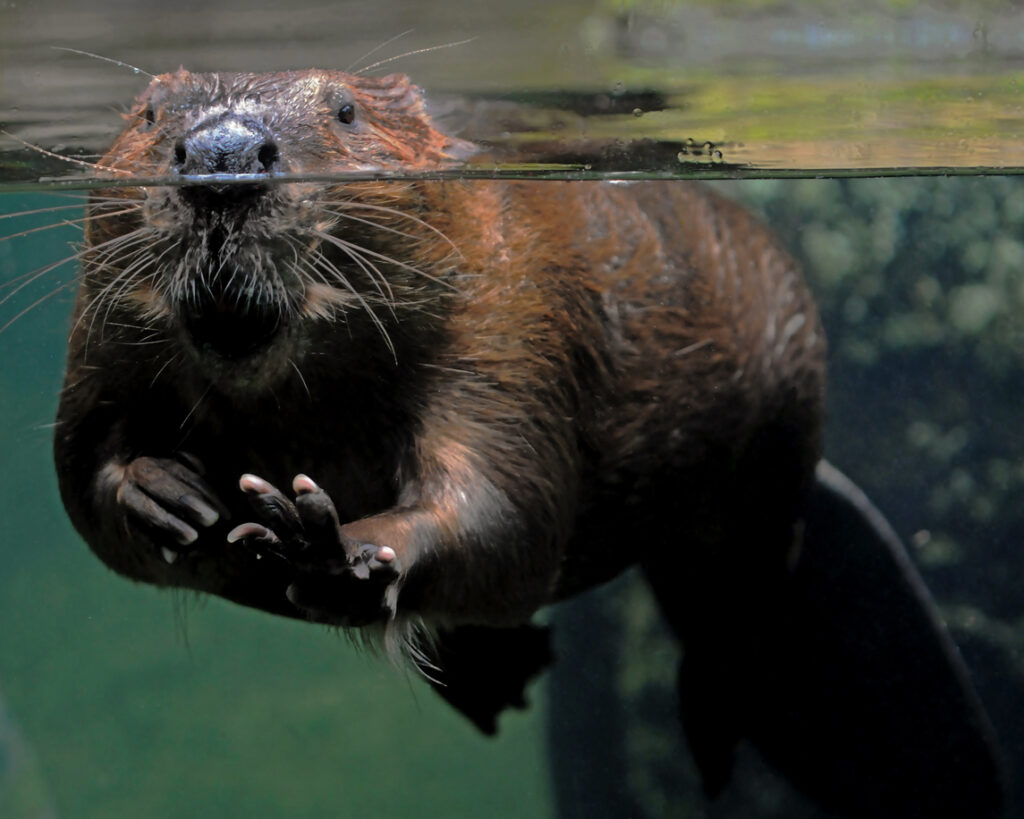
Western states are struggling with disappearing snowpack and dwindling rivers. Beaver ponds, however, release water slowly, sustaining flow even in dry months. Farmers who rely on irrigation notice the difference when streams with beaver activity keep running while others run dry. These wetland oases support not only agriculture but also wildlife, keeping ecosystems from collapsing under heat stress. In a climate increasingly defined by extremes, the steadying hand of beaver hydrology feels like quiet resistance. Their work reshapes not only land but also how humans endure scarcity.
6. Biodiversity flourishes in their engineered wetlands.
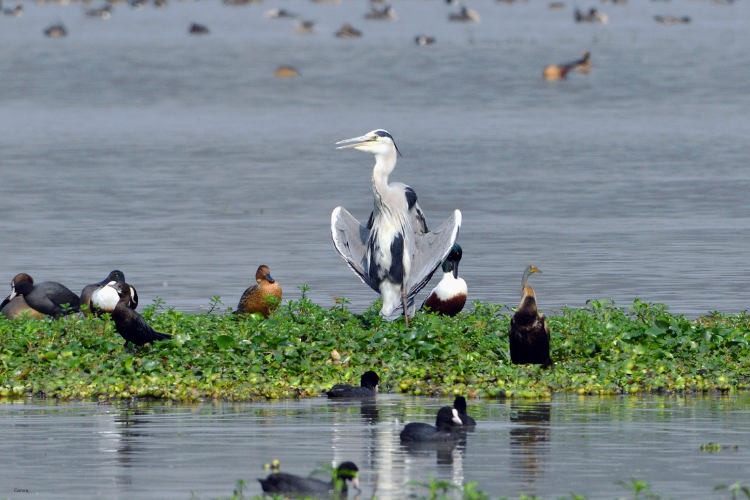
Every dam becomes a magnet for life. Frogs, ducks, moose, fish, and countless insects move into habitats created by the rising water. Some endangered species have even rebounded in landscapes reshaped by beaver activity. The sudden explosion of biodiversity contrasts sharply with surrounding lands drying under climate strain. For scientists, this offers more than feel-good stories. These thriving pockets of resilience illustrate a model of survival, one that AI can help map at scale. Where biodiversity takes hold, ecosystems gain tools to adapt more broadly.
7. Conflicts with human infrastructure complicate the story.
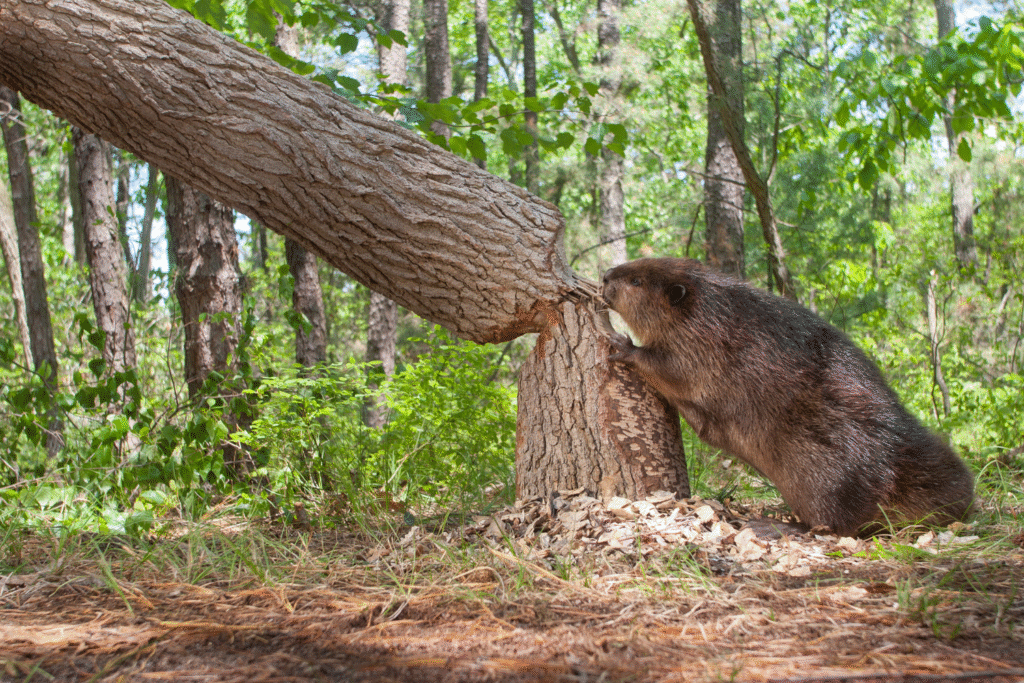
Not every beaver pond is welcomed. When dams block culverts or flood roadways, tensions spike between ecological benefits and property damage. Ranchers sometimes dismantle dams to protect grazing land, and cities often trap and relocate beavers. This push-pull dynamic complicates their reputation. Yet even here, AI has a role. By modeling landscapes, it can suggest where beavers would thrive without clashing with infrastructure. The challenge becomes not eradicating them but integrating them more thoughtfully. It’s a negotiation between human priorities and natural engineering.
8. Indigenous knowledge has long recognized their value.
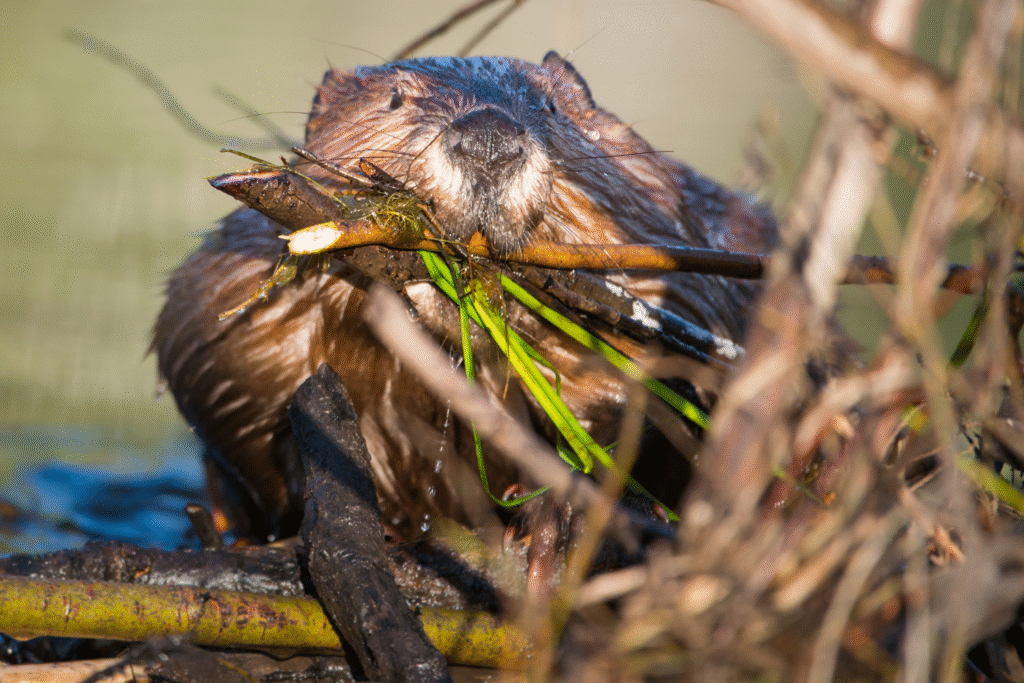
Long before scientists rebranded beavers as climate allies, Indigenous communities understood their role in shaping water systems. Oral histories and ecological practices centered around beaver stewardship as part of landscape management. Modern science and AI tools are now echoing what those traditions already held true: beavers create balance. Bringing those perspectives together creates not just a more accurate picture but also a more just approach to restoration. It highlights that solutions aren’t always new inventions, they often live in knowledge that has endured through centuries.
9. Reintroduction programs are spreading across the West.
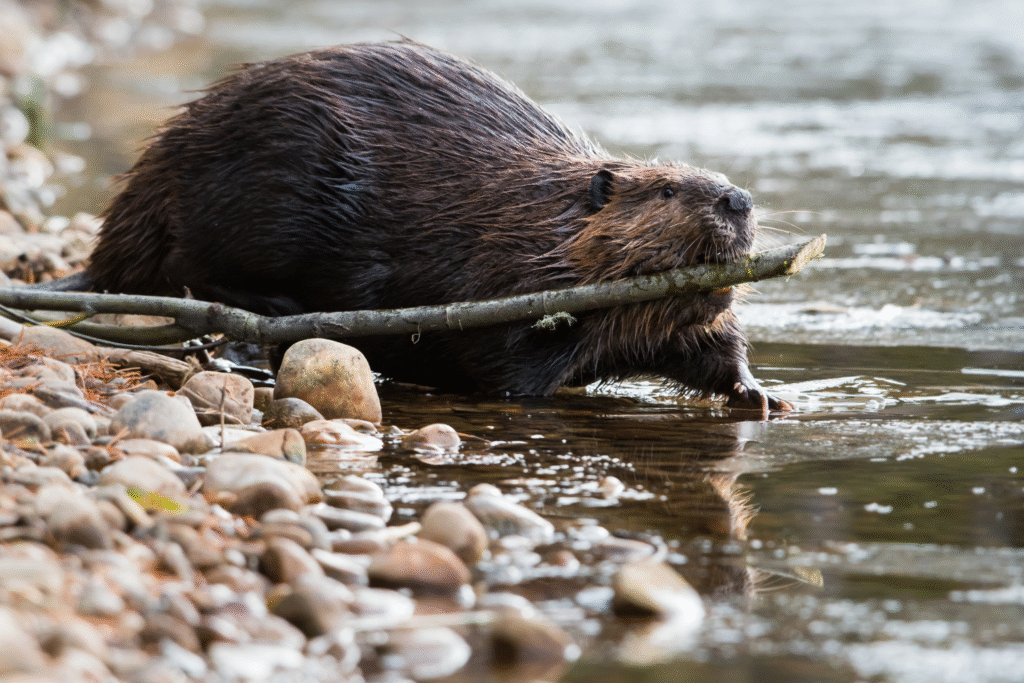
From Washington state to Utah, wildlife agencies are actively relocating beavers into watersheds where their absence has been felt. Some programs use helicopters to drop them into remote valleys, betting that they’ll rebuild lost wetlands. Early results are encouraging, showing measurable boosts to groundwater and biodiversity within just a few years. These experiments are framed not only as ecological restoration but as climate adaptation strategies. The fact that governments invest in them underscores how seriously their engineering power is now being treated.
10. AI and beavers together could reshape adaptation strategies.
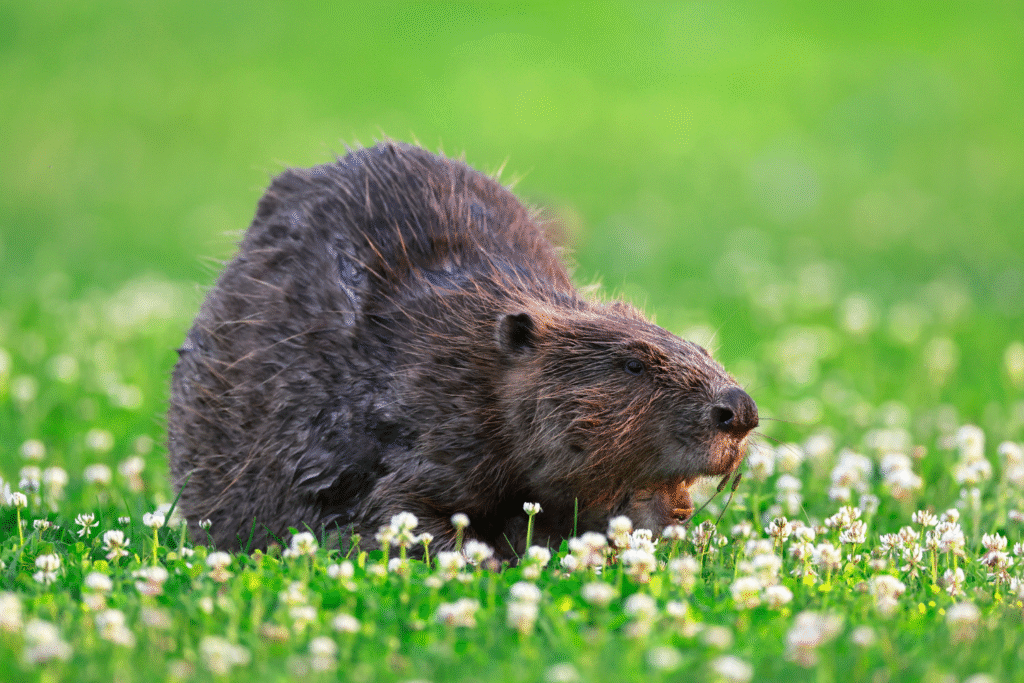
The real intrigue lies in pairing high-tech modeling with the low-tech instincts of beavers. AI can predict where dams would store the most water or prevent the most fire damage. Beavers then execute those plans by doing what they’ve always done: build. It’s an odd partnership but one that captures the essence of climate adaptation, combining human innovation with natural systems. In the face of crisis, solutions may not look sleek or futuristic. Sometimes, they look like gnawed logs, muddy ponds, and satellites circling silently overhead.
